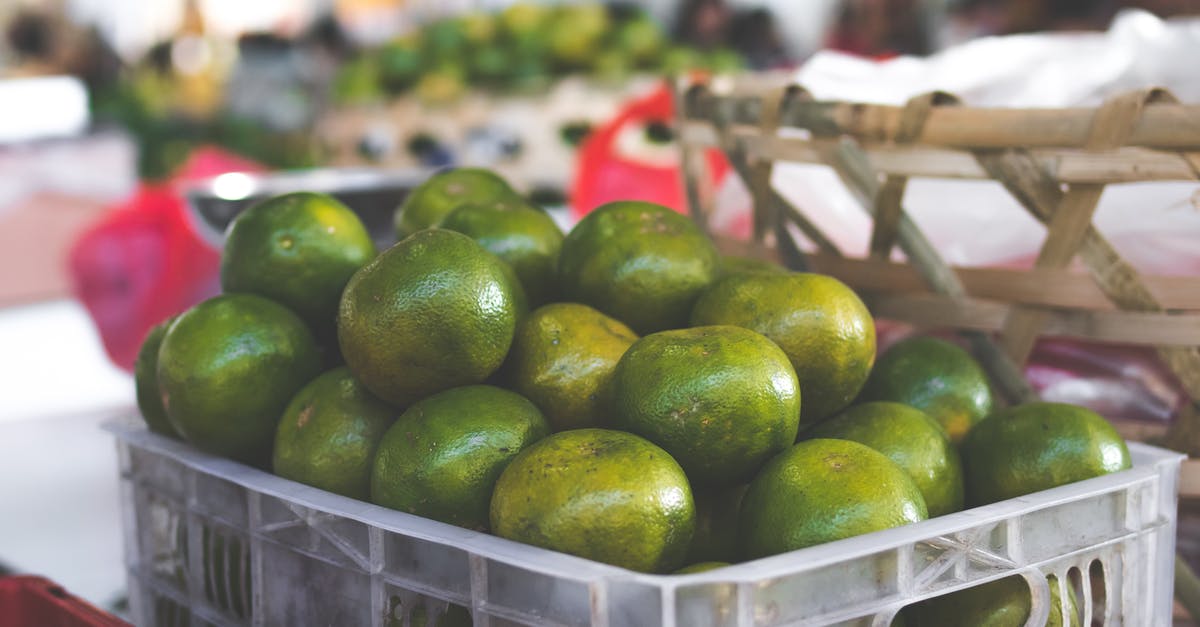Stock questions. What to taste for when making stock?

First, what should homemade stock taste like? Should it be fairly bland? When I cook other things like pasta sauce, dressing, etc. I can always taste and add seasoning and adjust as needed while it cooks. Since it seems to be a rule to not salt stock, what should I be tasting and adjusting for to know if I'm going in the right direction? Is stock tasting during even a thing or are you supposed to rely on a proven recipe and just wait and hope?
I'm making beef stock for the 1st time and I'm around the 3 hour mark and it tastes pretty bland. I used 2lb oxtail, 4 onions, 1 large carrot, 2 celery stalks, couple bay leaves, 2tsp thyme, 1tsp rosemary and enough water to cover everything (guessing around 3 liters). If it tastes bland at the 3 hour point should I consider adding salt or something else? If after 8 hours, it's still bland, is there any chance of salvaging by reducing?
I always got the impression that stock is pretty versatile and you can throw leftover bones and scraps you accumulate and have tasty base to use but as of right now I'm a bit underwhelmed. Have I overlooked something?
Best Answer
Since you are going to be using it for cooking, you're absolutely right to not add salt. Especially if the cooking involves reduction, you want to be able to control the salt level at that point. Unfortunately, that does make it a bit hard to gauge the flavor of the stock. A beef stock should actually taste like beef, like if you thickened it and added salt, it would be a passable gravy.
Especially for beef stock, it helps to thoroughly roast the meat and vegetables before adding them to the water. Don't skin your onions, roasted onion skins add great flavor and color.
If you didn't roast your ingredients before adding to the water, consider roasting them now. Fish your beef and vegetables out of the water, dry them with a paper towel, and put them in a 450°F (230°C) oven, flipping every 20 minutes or so. Meanwhile, keep the water (stock) at a simmer both for safety's sake and a bit of reduction.
Once your meat and vegetables are very brown (just this side of burnt), add them back to your stock and simmer for at least another three hours.
If possible, deglaze your roasting pan with a bit of the stock or even better, some small amount of wine. Any brown bits on your roasting pan are going to boost the flavor of your stock.
If after all of this your stock still seems flavorless, ladle a bit out and salt it just to taste (leaving the stock in the pot still unsalted).
If your salted broth still tastes too weak, yes you can reduce it. You can also add a reduced-sodium beef base like Better Than Bouillon. Doing so will add considerable salt (unfortunately reduced-sodium =/= low-sodium), so be judicious.
Like Stephie alluded to in comments, several peppercorns, a few bay leaves and some thyme couldn't hurt.
Pictures about "Stock questions. What to taste for when making stock?"



What should good stock taste like?
A beef stock should actually taste like beef, like if you thickened it and added salt, it would be a passable gravy. Especially for beef stock, it helps to thoroughly roast the meat and vegetables before adding them to the water. Don't skin your onions, roasted onion skins add great flavor and color.How can I make my stock more flavorful?
"If your broth is lacking in savory richness, try adding roasted onion, tomato paste, mushrooms, seaweed, soy sauce, or miso. These ingredients add umami flavor and depth to broth," she says.What are the 4 components of a stock?
Summaries. In Section 6.1, you learned the following: Stocks contain four essential parts: a major flavoring ingredient, liquid, aromatics, and mirepoix: The major flavoring ingredient consists of bones and trimmings for meat and fish stocks and vegetables for vegetable stock.Which is used to Flavour the stock?
The bunch of herbs used to flavour western stock is termed as 'bouquet garni'. Certain spices such as bayleaf, peppercorn and dry thyme are used to spice up the stock and are known as sachet d'epices, Literally means, \u201cbags of spices\u201d.Stock Secrets Chefs Won’t Tell You
More answers regarding stock questions. What to taste for when making stock?
Answer 2
Since it seems to be a rule to not salt stock
This is not a rule. Salt is fundamental to our sense of taste. Without it, your stock will taste bland pretty much no matter what you put in it or how long you cook it.
Whether you salt the stock as you make it is up to you and what you use your stock for. If you cook low-sodium for dietary reasons, then of course you should use little or no salt in your stock. Ditto if you want to keep your stock as versatile as possible: salt as needed when you make the final dish. In those cases, you should still taste your stock during cooking by ladling a small amount into a mug or something, then salt and taste that sample.
But if you always use your stock for making one of a few soup recipes, for example, it's perfectly fine to add some salt to the stock while you're cooking it. It makes taste-testing easier and no matter what soup you're making, chances are you're going to eventually put salt in it. You do want to err on the side of caution when salting your stock: use less than you think you'll need in the finished dish, because you can always add more when making the finished soup, but you can't remove it.
Sources: Stack Exchange - This article follows the attribution requirements of Stack Exchange and is licensed under CC BY-SA 3.0.
Images: Huy Phan, Artem Beliaikin, Francesco Ungaro, Arthur Brognoli
